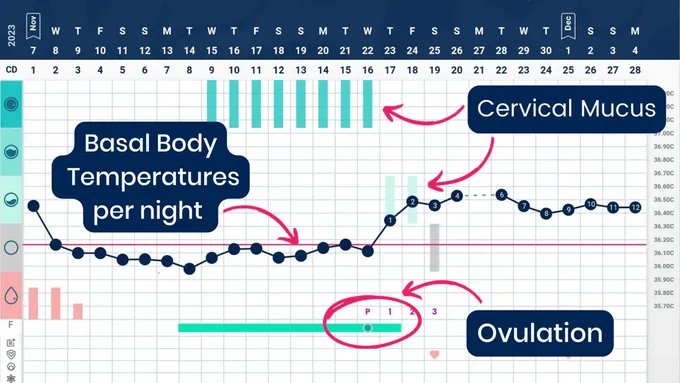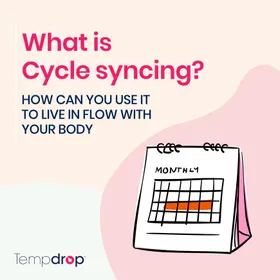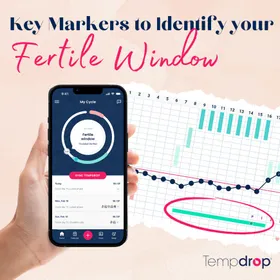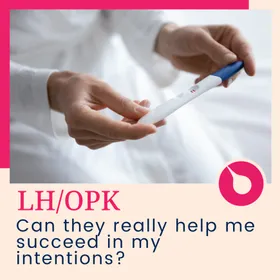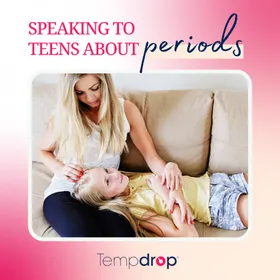How Effective Is Fertility Awareness?
Published February 5, 2025.
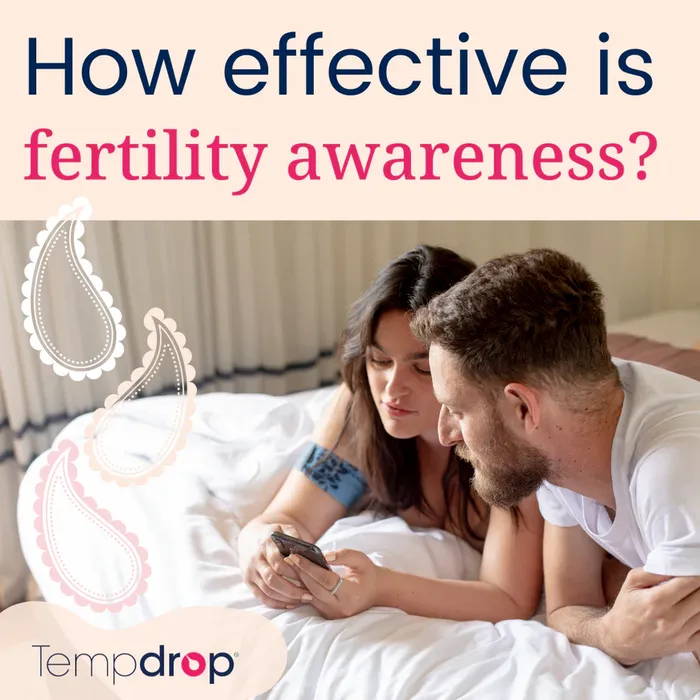
How effective is fertility awareness?
Contrary to popular belief, fertility awareness based methods (FABMs or FAMs) can be as effective as some hormonal contraceptives. One study found the Sensiplan symptothermal method of fertility awareness to be 99.6% effective in preventing pregnancy. For couples wanting to avoid pregnancy, it’s important to understand the how and why behind fertility awareness effectiveness. If you’re wanting a reliable method of birth control without the negative side effects of hormonal contraceptives, read on!
How does fertility awareness work?
You can only get pregnant from intercourse during 5-7 days per cycle. This accounts for the time that cervical mucus keeps sperm alive, plus the time that the egg survives. Fertility awareness works by identifying when you're fertile and when you're not by charting your daily fertility indicators. You and your partner then make decisions based on your pregnancy intentions. Unprotected intercourse outside of your fertile window will not lead to a pregnancy when there's no egg to fertilize. However, you and your partner must choose what alternative options to use if you decide to have intercourse during your fertile window.
An example of using Tempdrop for fertility Awareness. A Tempdrop chart showing nightly BBT readings, cervical mucus & confirmed ovulation
What kinds of things impact effectiveness?
Unlike hormonal contraceptives, the effectiveness of fertility awareness is in your hands.
Based on your pregnancy intentions, you can know where you are in your cycle and how likely pregnancy is at any given time. There are many things that you can do to increase effectiveness and ensure a successful experience including:
- Learning a method of fertility awareness thoroughly before relying on it for birth control
- Working with a certified instructor to ensure that you understand the method correctly
- Charting your cycle for at least 3 cycles before relying on it for birth control.
- Avoiding intercourse during your fertile window
- Using alternative choices in your fertile window properly or consider combining a couple of options (see options for the fertile window below)
- Having your partner on board and actively communicating throughout your entire cycle
- Following the rules of your chosen method 100% of the time
Remember that taking risks or cutting corners will compromise effectiveness.
Some FAM methods:
- Marquette method
- TCOYF (Taking Charge of Your Fertility) method
- SymptoPro method
- Boston Cross Check method
- Sensiplan method
- Justisse method
- Billings method
Your options for the fertile window
Fertility awareness is as effective as whatever alternative practice you use in your fertile window. This is because if your chosen option fails, the risk of pregnancy is high. Here are some options to use alone or in combination during your fertile window. Combining any of the following will increase their effectiveness, although some may not be compatible with each other so you should always double check. With the following stats, perfect use is based on proper use as instructed, while typical use accounts for user error.
Male Condoms: 98% perfect use, 85% typical use
Withdrawal: 96% perfect use, 78% typical use
- Withdrawal or the “pull out method” may be effective if your partner urinates before each round of intercourse and ejaculates far away from the vulva. It is important to note that some studies have shown that only some men have sperm in their pre-ejaculate, and while they haven't tested the virility of those sperm, the assumption is that withdrawal would be less effective for such men.
Diaphragm: 84-94% effective
Cervical Cap: 83-77% effective
- To be effective, most diaphragms and cervical caps need to be fitted by a professional clinician
- Adding a spermicide or contraceptive gel may be required or optional. Refer to the instructions
Alternative sex: effectiveness varies, no risk of pregnancy without genital contact
- This includes any type of non-PIV sex – oral sex, outercourse, toys etc. Remember ejaculation near the vulva does carry some risk
Is FAM for you?
Using fertility awareness as birth control isn’t as restrictive as it seems, or as some less-experienced people make it out to be. On the contrary, the fertile window is an opportunity to introduce playfulness and creativity to your sex life! Some methods of hormonal contraceptives impact libido. Fertility awareness does not impact your sex drive or hormones and allows you to experience the full range of your sexuality.
This being said, fertility awareness is not for everyone. If you’re not willing to use alternate methods (condoms, withdrawal, diaphragms, alternative sex) or avoid intercourse during your fertile window, you will compromise the effectiveness. If your partner is not on board and willing to communicate, this may not be the method for you. What is important is that you have all of the information about available contraceptives and weigh the pros and cons so you can make an informed choice. For more information on fertility awareness, check out Tempdrop's Fertility Awareness Guide.
